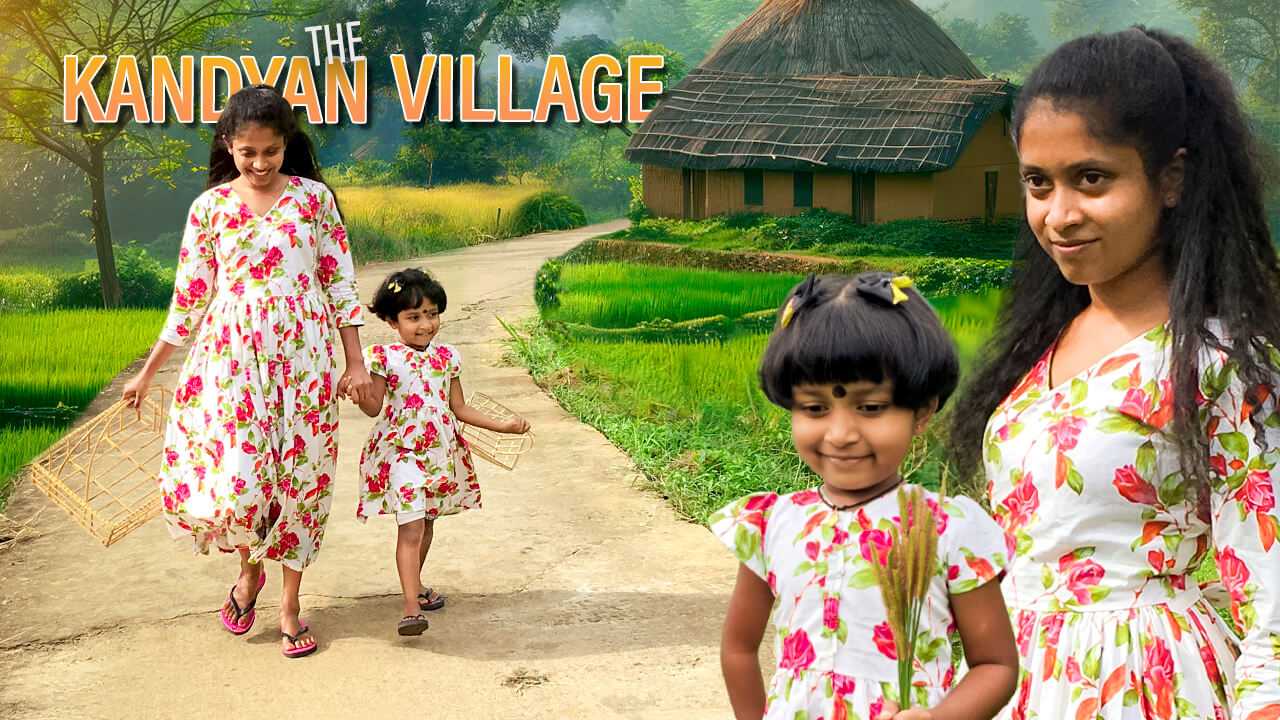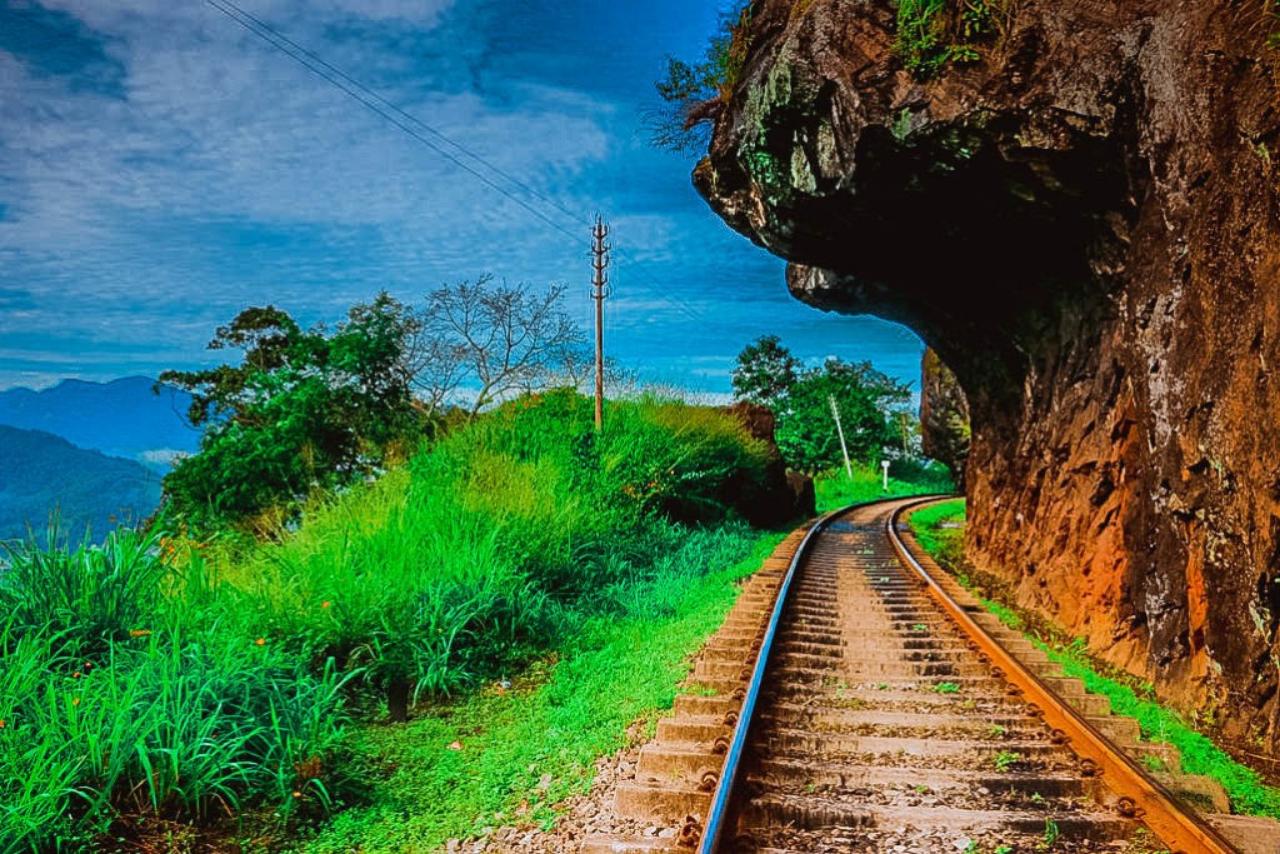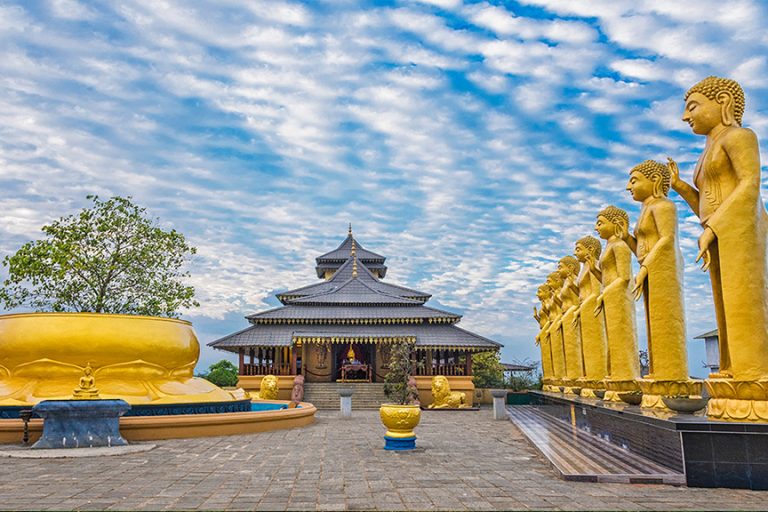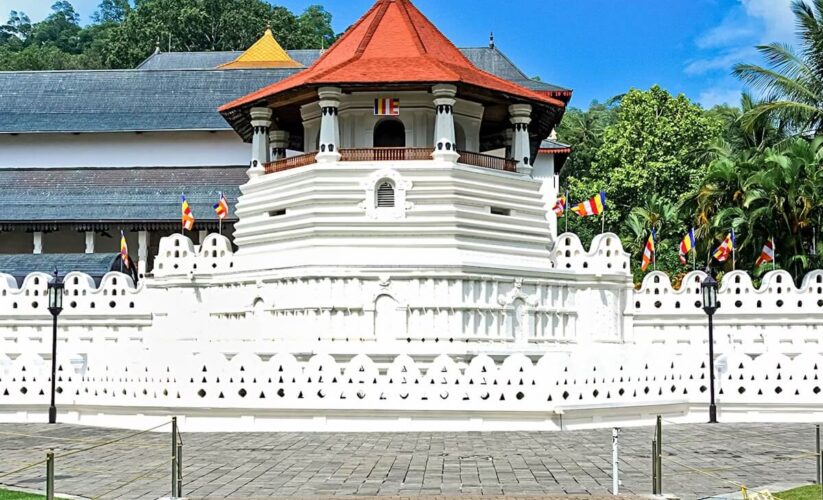
The Temple of the Tooth: A Cultural and Spiritual Marvel
The Kandyan Village
- January 24, 2025
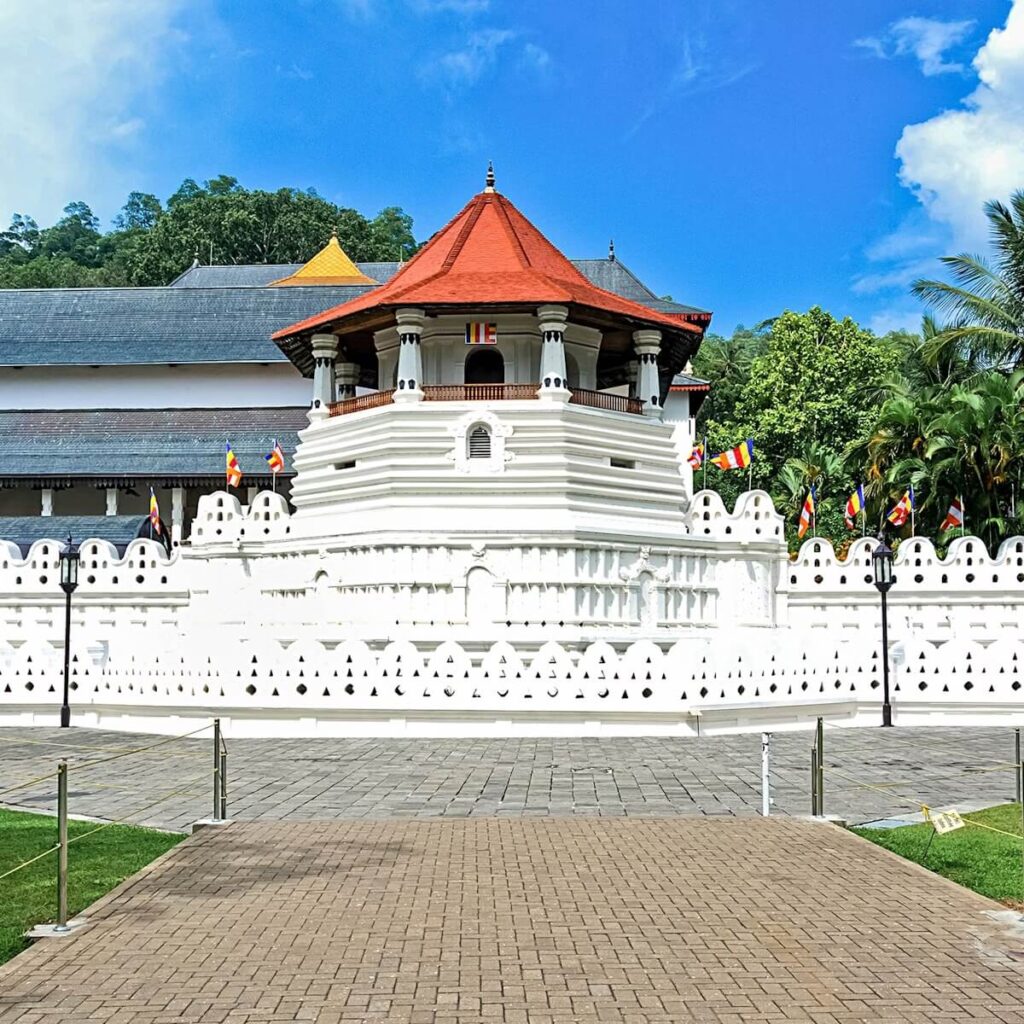
Introduction
What is the Temple of the Tooth?
The Temple of the Tooth, or Sri Dalada Maligawa, is one of the most revered sites in Buddhism. Located in Kandy, Sri Lanka, this iconic temple houses the sacred Tooth Relic of Lord Buddha, making it a spiritual cornerstone for devotees worldwide.
Historical Significance
Beyond its religious importance, the temple holds immense historical value. It played a pivotal role in ancient Sri Lankan kingdoms, as the possession of the Tooth Relic symbolized legitimate rule and governance.
The Architecture and Layout
Exterior Design
The temple’s architecture is a stunning blend of traditional Kandyan craftsmanship and Buddhist symbolism. The golden-roofed temple reflects the grandeur of Sri Lankan culture, while intricate carvings and paintings narrate tales from Buddhist lore.
The Inner Sanctum
Inside, the temple exudes an aura of serenity. The main attraction is the inner sanctum, where the sacred Tooth Relic is enshrined.
The Sacred Tooth Relic Chamber
The chamber, heavily guarded and adorned with gold and jewels, is accessible only during specific rituals. While the relic itself is not visible to the public, the ornate caskets containing it are displayed during ceremonies.
The History Behind the Temple
Origins of the Sacred Tooth Relic
The Tooth Relic is believed to have been taken from Buddha’s funeral pyre in India and brought to Sri Lanka in the 4th century CE by Princess Hemamali and Prince Dantha.
Role in Ancient Kingdoms
Throughout history, kings safeguarded the relic, recognizing its divine power as a symbol of sovereignty. The Temple of the Tooth became its permanent home during the Kandyan period.
The Religious Importance
Why is the Tooth Relic Sacred?
For Buddhists, the relic represents Buddha’s spiritual presence and teachings. It serves as a reminder of his enlightenment and compassionate path.
Rituals and Traditions
Daily rituals, such as Thevava, are performed to honor the relic. Offerings include flowers, incense, and prayers.
The Daily Ceremonies
Monks conduct these ceremonies three times a day: morning, noon, and evening, drawing visitors and devotees into a shared spiritual experience.
The Annual Esala Perahera
What is the Esala Perahera?
This grand festival is a celebration of the Tooth Relic. Held annually in July or August, the Esala Perahera is one of the most spectacular cultural events in Sri Lanka.
The Cultural Highlights of the Festival
The procession features decorated elephants, traditional dancers, drummers, and fire acrobats. It’s a mesmerizing display of devotion and artistry.
Visiting the Temple of the Tooth
How to Reach Kandy
Kandy is easily accessible by train, bus, or car from Colombo and other major cities. The scenic journey itself is a treat, especially the train ride through lush hill country.
Best Times to Visit
The temple is open year-round, but visiting during the Esala Perahera or early mornings can offer a unique spiritual experience.
Important Guidelines for Visitors
Respectful attire is a must. Visitors should also follow temple protocols, such as removing footwear and maintaining silence inside sacred areas.
Cultural and Global Recognition
UNESCO World Heritage Status
Recognized as a UNESCO World Heritage Site, the Temple of the Tooth stands as a testament to Sri Lanka’s cultural and religious heritage.
The Temple’s Role in Global Buddhism
The temple attracts pilgrims and tourists from across the globe, serving as a unifying symbol for Buddhists worldwide.
Preserving History and Spirituality
Conservation Efforts
Efforts are ongoing to preserve the temple’s architecture and artifacts, ensuring its legacy endures for future generations.
Maintaining Spiritual Practices
Monks and temple authorities diligently uphold traditions, keeping the spiritual essence of the site alive.
